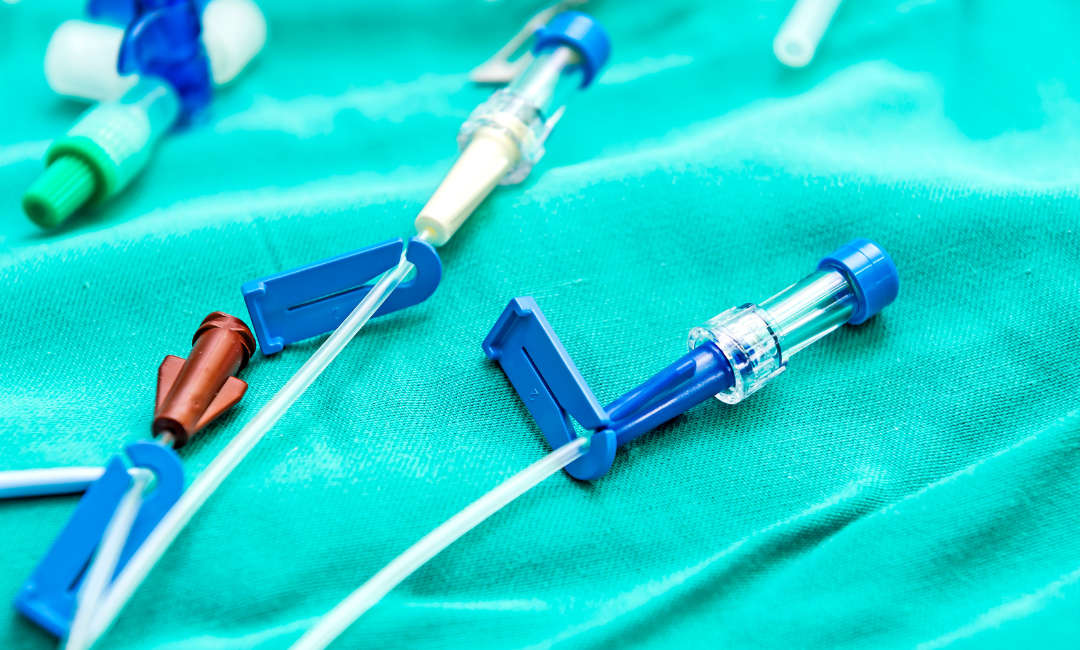How Is Pulmonary Embolism Diagnosed and Managed?
PE is a serious medical emergency that also has clinical presentation similar to other emergencies. Because of this, clinical presentations, tests, assessments, and imaging are essential to ensure prompt diagnosis and treatment.
In addition to a complete exam and blood work, imaging that can be done includes a chest x-ray, ventilation/perfusion (V/Q) scan, pulmonary angiogram, CT scan, and MRI.
Nursing interventions for patients with pulmonary embolism often include:
- Managing pain levels
- Administering anticoagulants and other medications
- Preventing infection
- Assessing oxygen levels
- Monitoring intake and output
Pulmonary embolism is a common medical emergency. If you work in emergency health settings or critical care, at some point, you will encounter someone with a pulmonary embolism.
Having a thorough understanding of pulmonary health, blood work, and imaging are essential for early detection, treatment, and management of this condition.
Nurses are the most trusted profession for a reason. Patients often turn to nurses for medical information since there can be so many uncertainties about health care, medication, and more.
Some ways you can raise awareness about pulmonary embolism with patients include:
- Providing educational materials on lung health
- Addressing any concerns about breathing and bodily changes
- Reviewing patients’ health records to note for any sudden changes in labs or vital signs
- Educating patients on red flags, such as coughing up blood or increased chest pain
Some ways you can learn more about pulmonary embolism include:
- Discussing with nursing management on any pulmonary embolism or lung health education efforts at your workplace
- Enrolling in continuing education focusing on medical emergencies or pulmonary health or both









